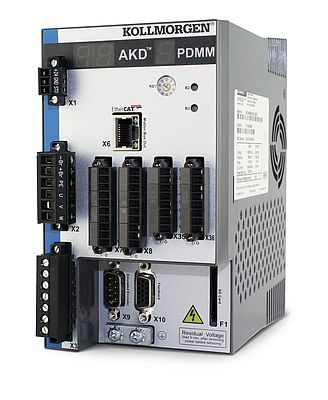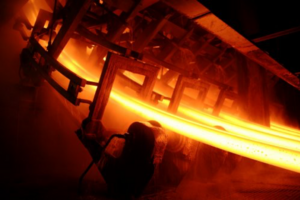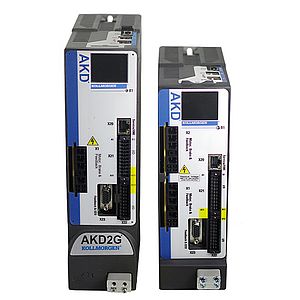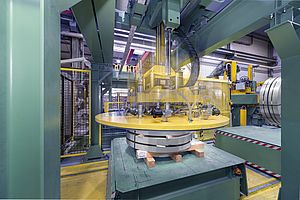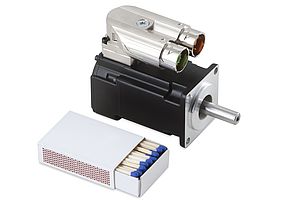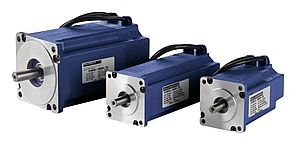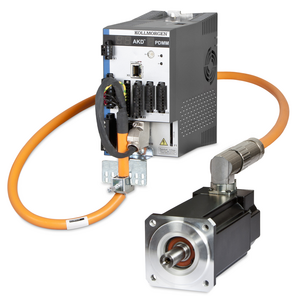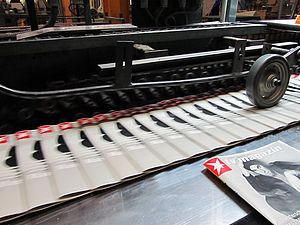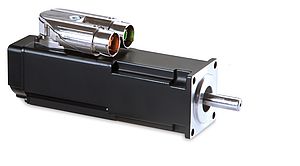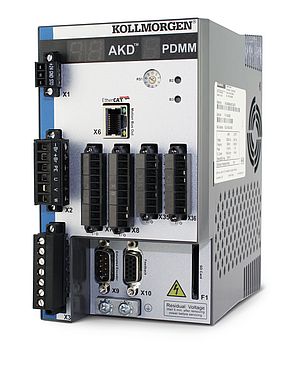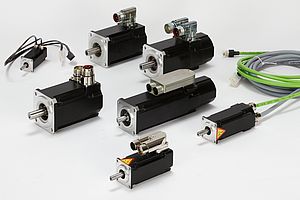Kollmorgen has integrated its Automation Suite automation platform into servo-amplifiers of the AKD family. Called the AKD PDMM (programmable drive multi-axis master), this new product supports EtherCAT without the hardware add-ons, provides a high-performance SPS and motion-control functionality and can be programmed via the intuitive graphic Pipe Network programming environment. As an alternative the five standardized IEC 61131 SPS languages are available, with PLC open motion-control function modules for motion control. The servo amplifier provides new options for designing and operating individual and multi-axis machines, with users being able to achieve significant competitive advantages. With the new drives the machines are more flexible, more precise and more productive than before, requiring up to 20% fewer components and 30% less space and capable of being customized for different applications very quickly. Each servo amplifier can coordinate up to eight axes with standard AKD drives in 250 µs position update rates. In this way, interfaces and lots of expensive components can be dispensed with, reducing system costs. Since a sophisticated visual display is also integrated into the Automation Suite – the company’s Visualization Builder which can be programmed with particular ease and speed – only one graphic terminal needs to be connected in order to obtain comprehensive, efficient and cost-effective machine operation. The Automation Suite automation platform integrated into the servo amplifier is specially customized for high-performance applications where multiple axes need to be fully synchronized with each other. Their highly-developed controllers and control loops permit operation at higher bandwidths and greater throughput. At the same time the Pipe Network contributes to improving machine performance: the otherwise highly complex programming is replaced by a graphic description with drag-and-drop function. Beginning with a virtual master, all functions and relations between components plus all movements and settings can be defined with graphic description blocks. This way the machine architecture and dependencies between the axes of an application can be projected precisely and clearly in a very short timeframe. Once the system has been projected, the Automation Suite provides the option of virtual simulation. Such features as motion profiles, axis conditions, and synchronizations can be optimized in real time without any need to connect a single device. As a result, lots of time-consuming test runs with the machine can be omitted, start-up time is reduced considerably and any possible risks are recognized and eliminated at an early stage. The servo amplifier supports the EtherCAT motion bus, without requiring option cards or other gateways. The corresponding interface is integrated directly into the base hardware. As with all AKD models the compact and feature-rich AKD PDMM combines high performance with high flexibility, scalability and dynamics to meet the requirements of almost all applications. Numerous communication options and performance classes are available. The converters not only improve machine performance, throughput and accuracy but also allow the use of a uniform drive platform with the same graphic development environment (IDE) for lots of different applications. In addition to a main control with optional control panel that can be connected to a network, the servo amplifiers are also suitable as motion controllers for an overriding control. They have an I/O expansion with which local response times can be quickly achieved. Additional decentralized I/O and special assembly groups can be added to the drives in real time via EtherCAT.


